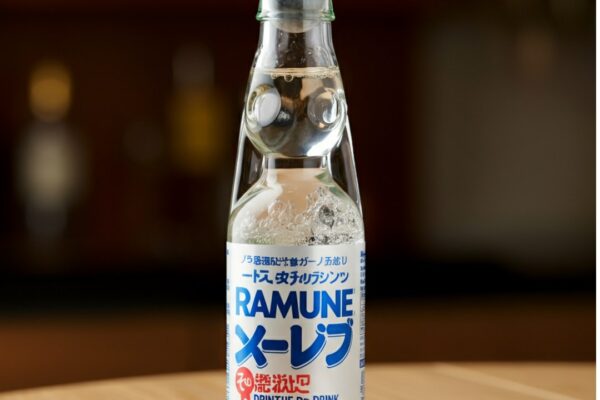How to Apply for Medicare Food Allowance
This guide will explain the Medicare Food Allowance, who qualifies for it, and the step-by-step application process. By the end of this article, you will have the knowledge and tools to ensure you or a loved one can access nutritious meals without financial stress. Healthy eating is the foundation of a solid and vibrant life,…












